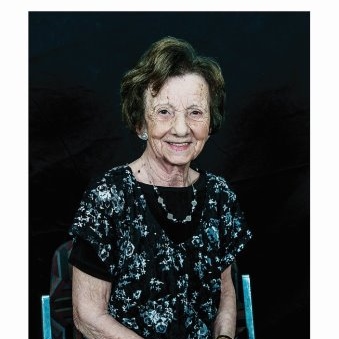
News

Holocaust survivor portraits speak volumes
MIRAH LANGER
“I see the pain behind your eyes,” Pokroy told Dutch survivor Don Krausz, who was in attendance at the launch event, “and I pay tribute to it.”
Krausz shared his story at the Johannesburg Holocaust & Genocide Centre (JHGC) in Forest Town during a recent event reflecting on his photographic exhibition, “Portraits of Holocaust Survivors in Johannesburg”.
The exhibition, which will run until 29 September, displays the portraits of 29 survivors. Three more survivors have recently been photographed, and their portraits will be added to the exhibition shortly. The photographs were taken over a number of years starting in 2013. Since then, eleven of the participants have died.
In fact, Pokroy, an attorney, said this was a key motivation for his work. “[The survivors] are not going to be with us in perpetuity. We have to preserve the memory not just of who perished, but who survived.”
Pokroy said his photographic projects were guided by his “incredibly inquisitive and enquiring mind”, a quality he has had since childhood.
His association with the JHGC was initially as a volunteer photographer. When he started photographing survivors at functions, he began to conceive of creating a series of formal studio portraits of them. “It has been a road of passion as a photographer, and an emotional road of learning more about the Holocaust. This project has taken me down the road of awareness of a bleak history, and the path of revelation.”
Pokroy said that when he started the project, the survivors, many of whom had not yet given testimony about their experiences or spoken about them, were seemingly reluctant. Yet, slowly, trust emerged.
“As I started doing the photographs, a lot more people started opening up to me. Now, every month or two, I’m finding new stories.”
Pokroy said he chose a particular look for the photographs. “I chose a black backdrop because it’s a bleak time in history. I also used subtle lighting to get that message across.”
He said the experience of photographing survivors was life-changing. “I’ve got to know all of the survivors. It’s been a privilege and an honour.”




